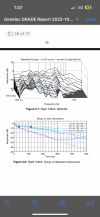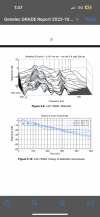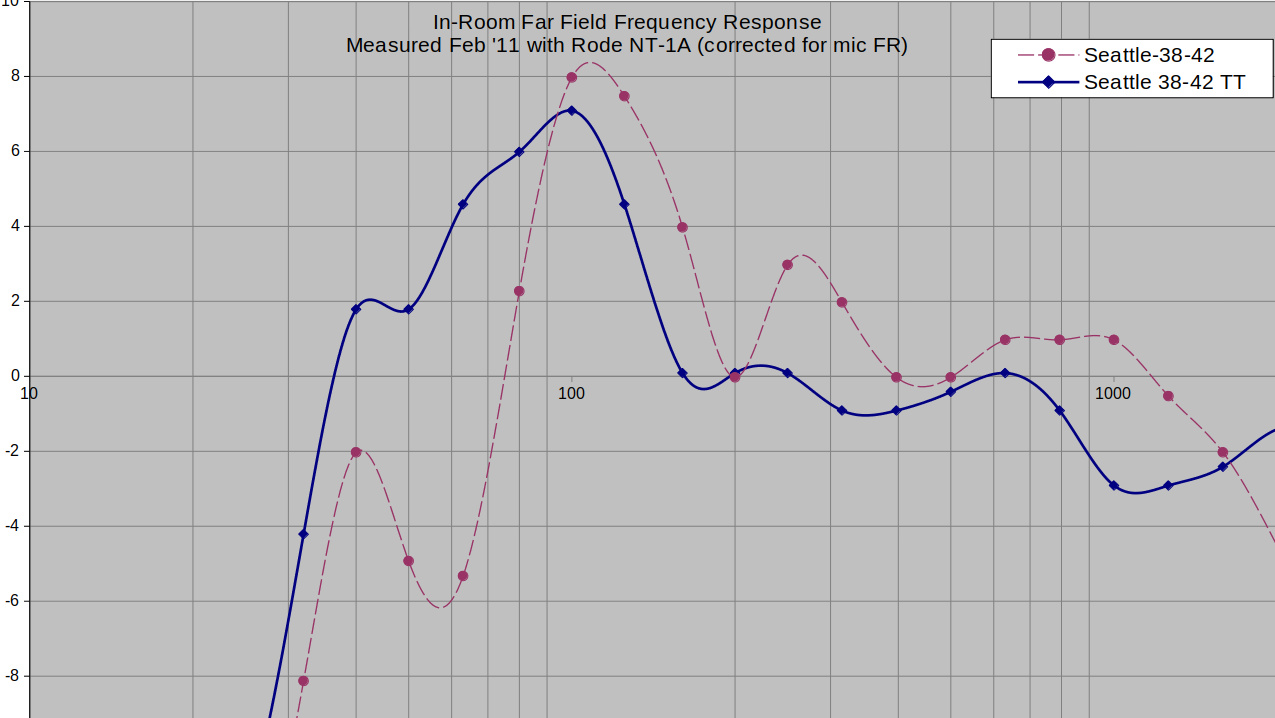absorbtion is best at 1/4 quater wave-lenght, that's were velocity is the biggest. look it up.
for the first longitunal mode that means you would lose 1/4 of the room at the backwall.
it still helps to have 1/8 or so......but near the wall there will be no effect (minimal velocity).
if that trap is all filled, you now also have a very deep trap in the other axis; so the second mode also gets help.
if the room is big enough it might be enough to straddle 8 corners (vertical and ceiling);.
in a small room like mine a big deep trap at the backwall is the only solution.
Wow that some incredible science. I calculated i would need to be about 4.7 feet out on these traps. 59.5 Hz and 60.3Hz.
The front wall I have 5 corners treated with 17” on the vertical and 8.5” on the bottom horizontal edge. The only next step is to get the top edge covered.
I guess I would have to mount the 42” height 8.5” traps vertically and get 9 of them to cover the 18ft back wall. That only gets me 21” height on a 45 45 90 triangle. Not even enough to hit the 1/8th wave. This would be at $2k+ cost for one edge.
Those PSI AVAA traps might be looking like the better option?
Or just let it go?
Or maybe cut the energy at the exact frequency with a high Q dip filter?
What’s the best option?
EDIT: also that 40.3 feet of the 28Hz mode correlates with the long oblique floor to ceiling along the long wall.
The 20Hz mode correlates with 56.6ft. I have no idea where that is coming from.
I would wager having that 20Hz mode is not a bad problem to have. Even the 28hz mode. Just the 60Hz mode needs some dealing with. I’m pretty excited to get those soffit bass traps in and cut that 60Hz down. It’s going to be some tight (audible) bass in here soon. While the inaudible feeling of bass power will be all over the place. Again not a bad problem to have for a listener.
Unless i’m wrong on that. Not much I can do about it. Installing PSI AVAA traps would cost more than my entire system cost of I hit the top and bottom corners of the walls I have. Some partial walls separating the living and kitchen spaces.
At that point it could order a pair of W371 for less and see if it helps (probably won’t) but it would be a better audible upgrade I would guess.




